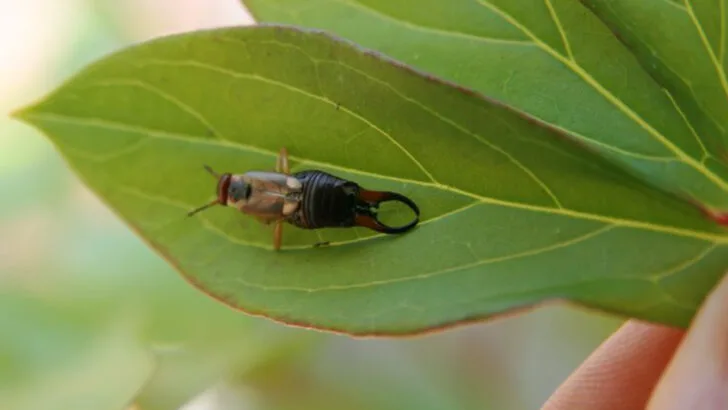For years, I followed the advice that mulch is essential—it keeps moisture in, suppresses weeds, and feeds the soil. But after noticing an increase in chewed stems, slimy trails, and entire seedlings vanishing overnight, I started to question whether my thick blanket of mulch was doing more harm than good. So, I ran an experiment: I stopped using mulch in key areas—and what happened next completely changed the way I garden.
Within weeks, I noticed a dramatic drop in certain garden pests—especially those that love dark, damp hiding spots. Slugs, earwigs, pill bugs, and even some beetles simply disappeared without their cozy mulch layer to shelter under. My plants grew stronger, and I spent less time managing infestations and more time harvesting.
In this article, I’ll share the 14 pests that vanished after removing mulch, along with tips for balancing soil health and pest control without relying on a thick layer of organic cover. If mulch has been part of your routine but your pest problems persist, it might be time to rethink your ground cover strategy.
Slugs
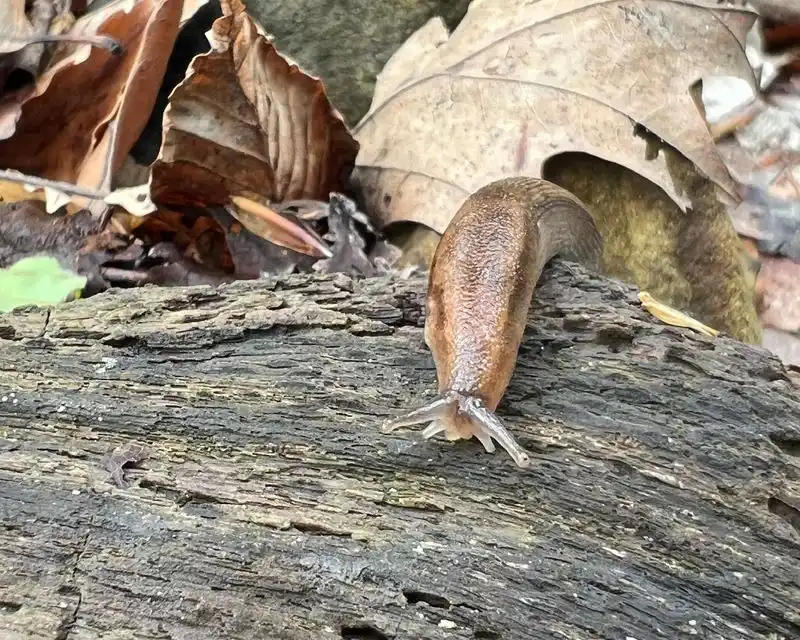
Slugs, the notorious night crawlers, had always plagued my garden. With their penchant for munching on young leaves, they seemed unstoppable. However, removing mulch altered their habitat. Without a moist sanctuary, these slimy pests found life less appealing. They prefer damp, mulched environments and once that was gone, so were they. It’s fascinating how a simple change can shift an ecosystem. My leafy greens, once peppered with holes, now thrive undisturbed. Who knew that such a small modification could lead to such a significant change? It’s the little things that matter.
Earwigs
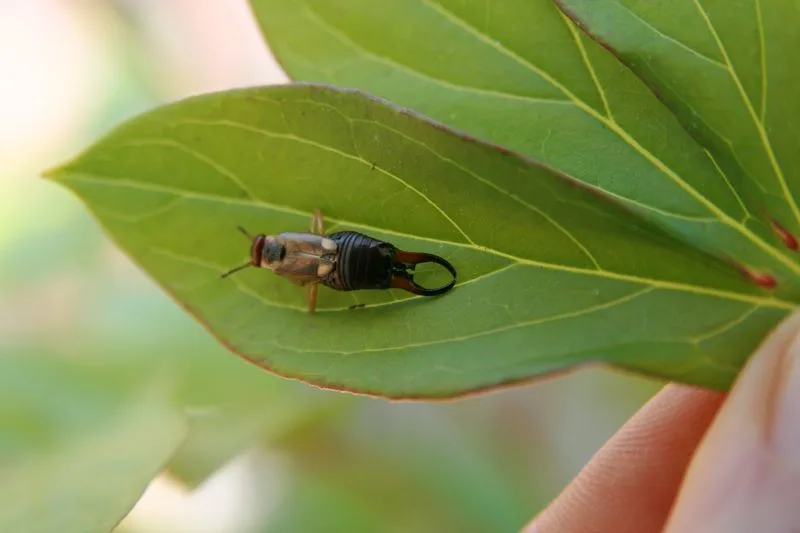
Earwigs have always been a bit of a mystery with their ominous pincers. They often hide under mulch, emerging when the sun sets to feast on tender plants. Without mulch, their hiding spots diminished. These nocturnal foragers suddenly found themselves exposed. The open soil made my garden less inviting for them. Consequently, plants that once showed signs of earwig damage began to flourish. The garden, once a late-night buffet for these critters, is now an oasis of healthy, untouched foliage. It’s amazing how exposure can deter even the most persistent creatures.
Pill Bugs

Pill bugs, those little roly-polies, always seemed harmless. But, their affinity for decomposing mulch meant they thrived in mulched gardens. With mulch gone, they lost their primary habitat. Exposed to the elements, their numbers dwindled. The garden became less crowded with these crustaceans, and young seedlings faced fewer threats. It’s interesting how their removal has led to more robust plant growth. While they once ruled the garden floor, the absence of mulch leveled the playing field. The transformation was subtle, yet deeply impactful for my leafy companions.
Snails
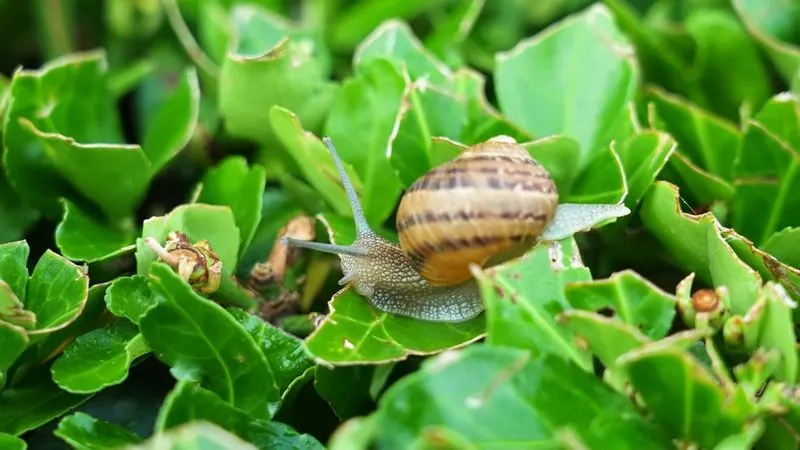
Snails, with their glistening trails, left nothing but destruction in their wake. A mulch-free garden changed this dynamic. Without a moist, shaded layer, snails found the garden less hospitable. Their numbers dwindled as they sought refuge elsewhere. My once-chewed hostas and lettuces now grow in abundance. It’s remarkable how a lack of cover can persuade these mollusks to move on. The transformation from a snail haven to a greener space was unexpected but delightful. The garden now breathes easier, free of their voracious appetites.
Cutworms
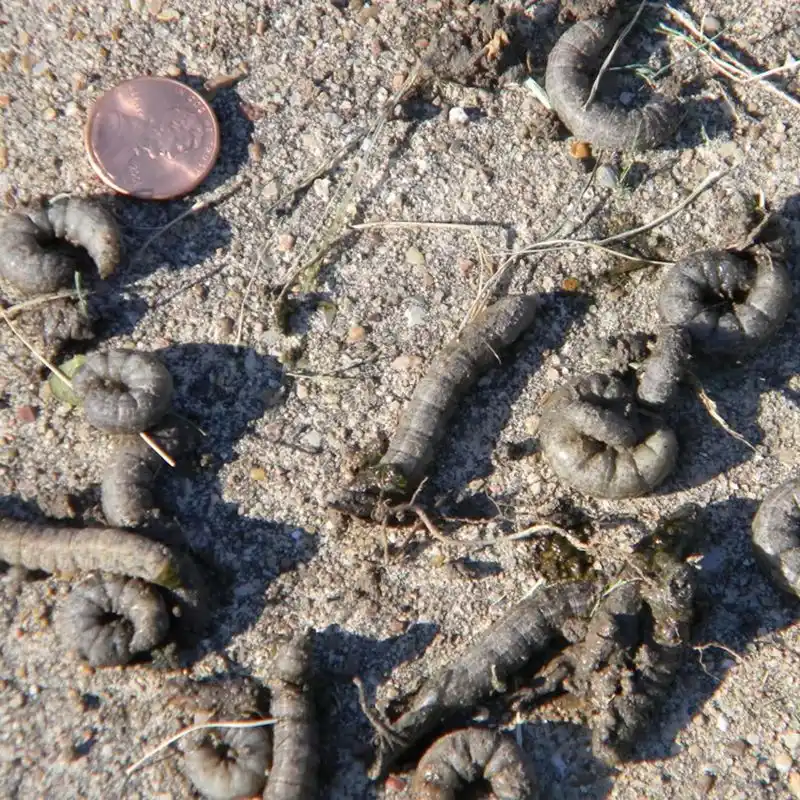
Cutworms, those pesky larvae, would clip seedlings right at the soil line. They thrived beneath mulch, where they could easily hide. Without the blanket of mulch, their protective cover vanished. This exposed them to predators and harsher conditions. Seedlings that once fell victim to their nighttime snipping now stand tall. The absence of mulch has given young plants a fighting chance. It’s intriguing how cutworms, accustomed to covert operations, now find themselves in vulnerable positions. The garden landscape has certainly shifted for the better.
Centipedes
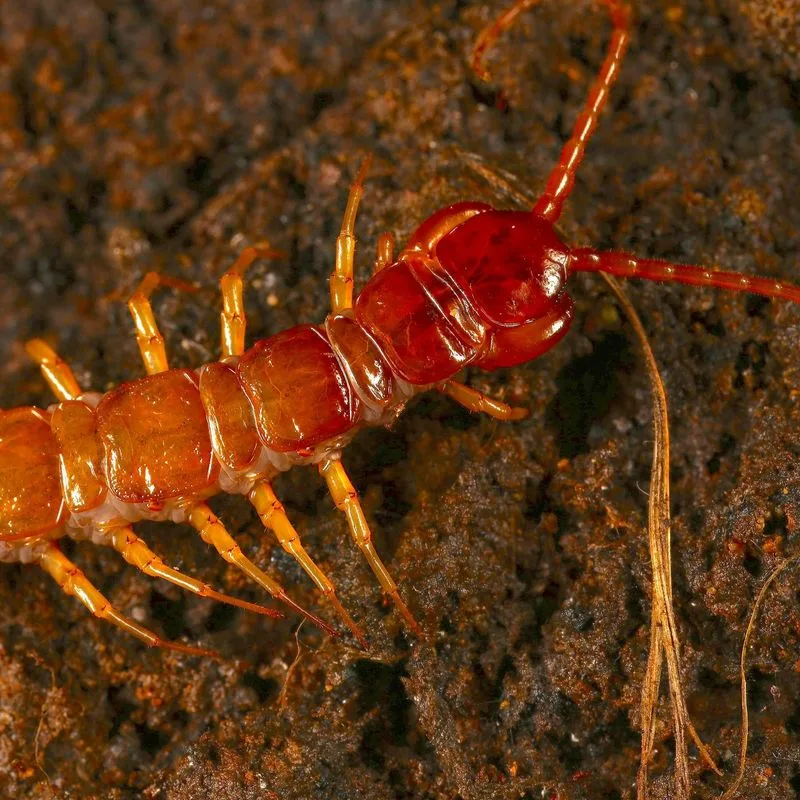
Centipedes, with their many legs, might not seem harmful. However, they often cohabitate with other pests, creating a bustling under-mulch community. The removal of mulch disrupted this ecosystem. With fewer places to hide, centipedes began to disappear. The garden felt less like a creepy-crawly haven. Plants, free from this bustling activity, appeared more vibrant and healthy. It’s fascinating how interdependent creatures can be and how one change can alter an entire community. The garden breathes a little easier without their scurrying presence.
Ants
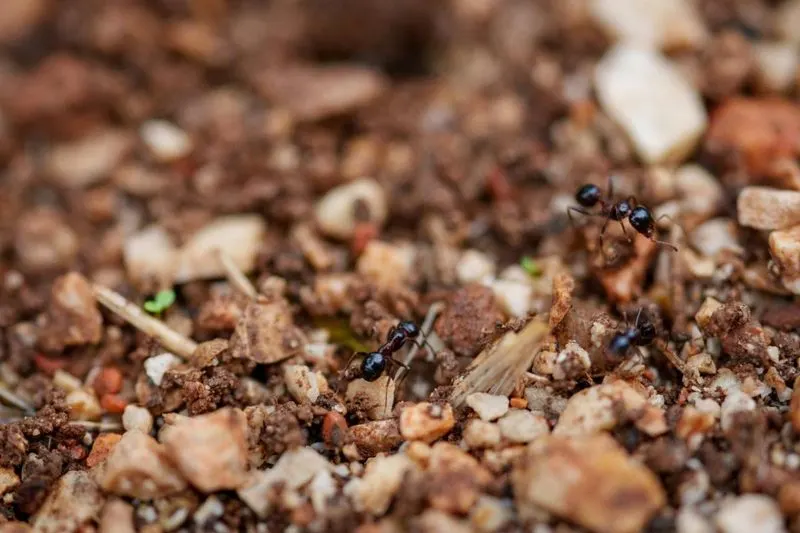
Ants, ever industrious, thrived under mulch. They built intricate tunnels, often farming aphids on nearby plants. Without mulch, their world turned upside down. The exposed soil made it challenging for them to maintain complex networks. Fewer ants meant fewer aphids. Plants, once struggling with aphid infestations, now show signs of recovery. It’s astounding how a simple mulch removal can impact such a tiny creature and, in turn, the entire garden ecosystem. The balance has shifted, and the garden is all the better for it.
Termites
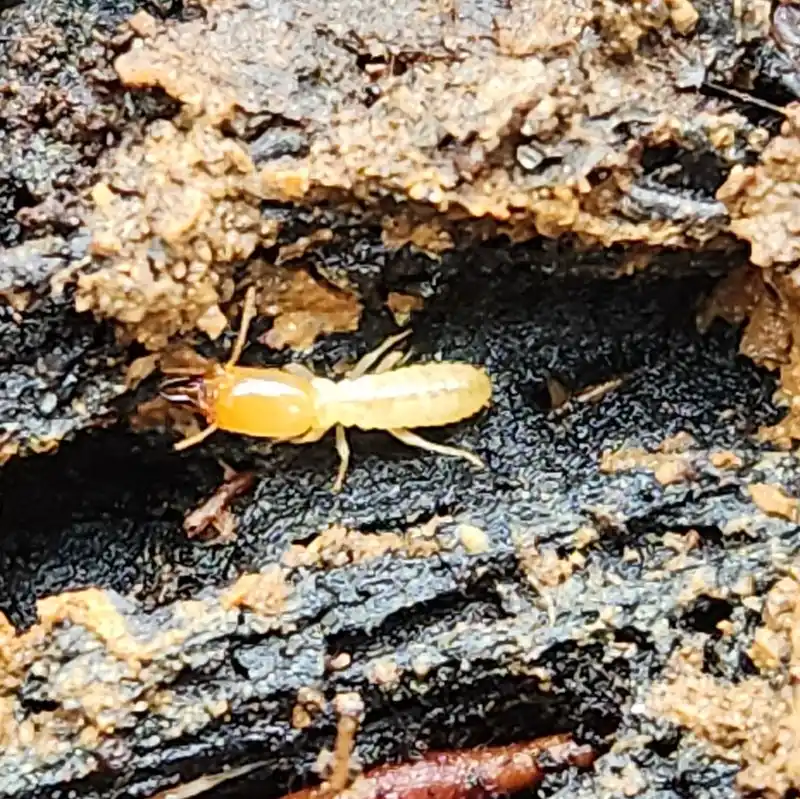
Termites, the silent destroyers, often find mulch an irresistible feast. Removing mulch took away their primary food source. The garden, now devoid of these wood-loving insects, feels safer. Plants once at risk of root damage now stand stronger. It’s intriguing how termites, usually associated with wooden structures, impacted the garden. The transition from a termite-friendly zone to a more resilient space was subtle but noticeable. The absence of mulch has shifted the balance, making it an inhospitable environment for these pests.
Sowbugs
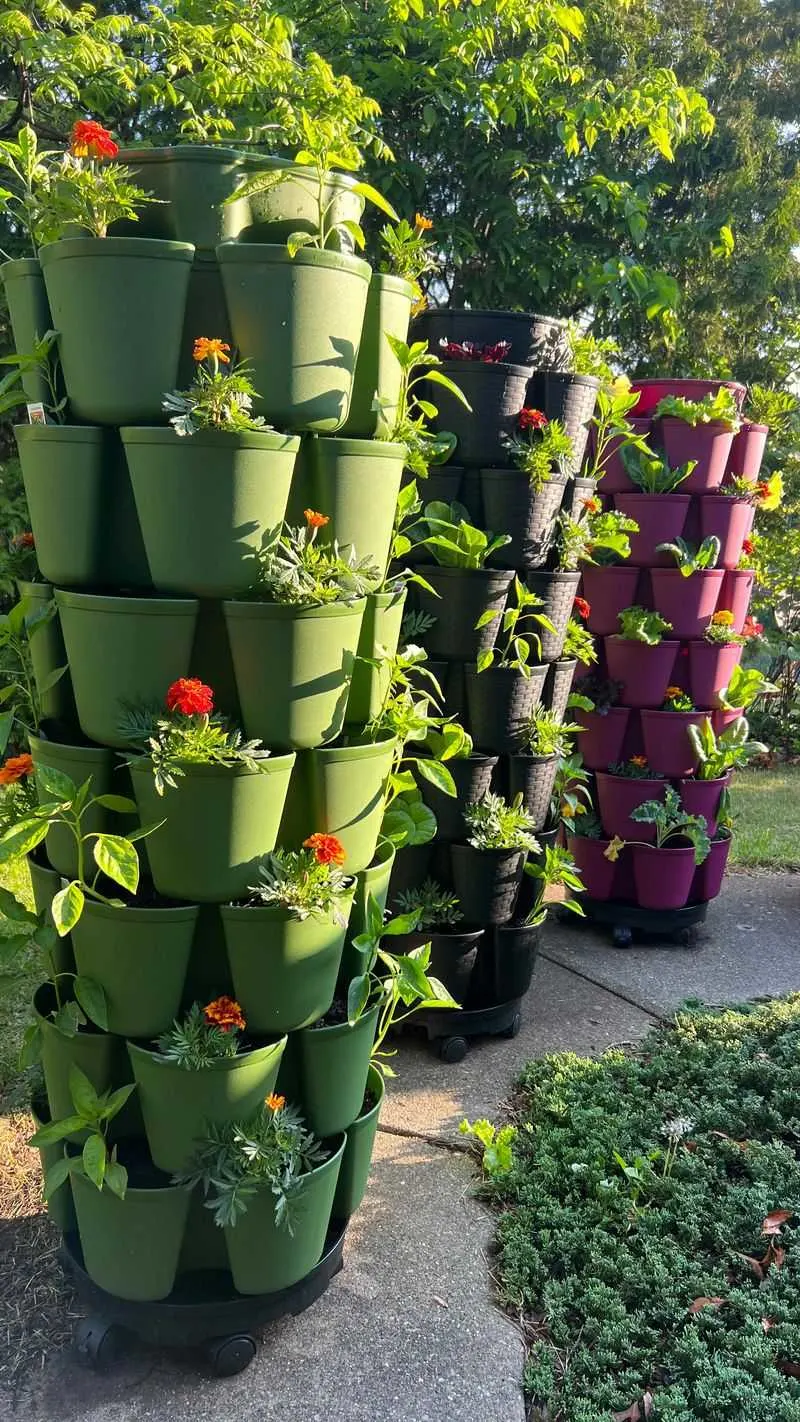
Sowbugs, much like their pill bug cousins, thrived in the dampness mulch provided. Without it, their numbers dwindled sharply. They no longer had the cover to support their large colonies. The garden, once teeming with these critters, now feels less congested. Plants show fewer signs of damage, particularly young shoots. It’s enlightening to see how the removal of their habitat can lead to such positive changes. Where sowbugs once roamed freely, now there’s room for healthier growth and development. The garden breathes a sigh of relief.
Wireworms
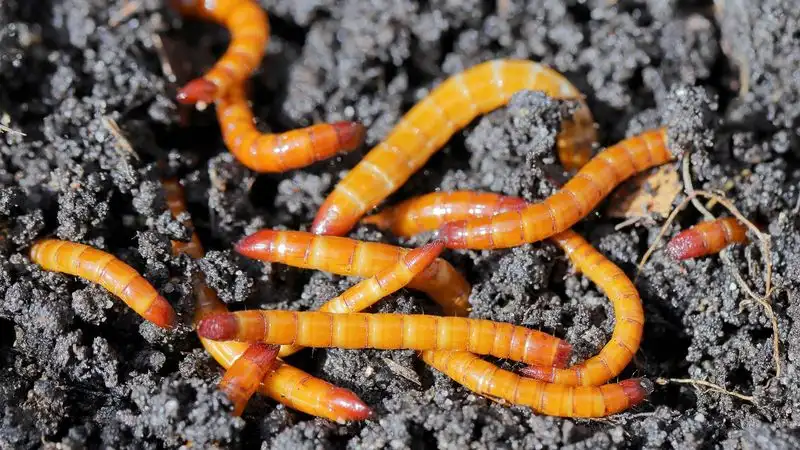
Wireworms, the larvae of click beetles, had a penchant for mulch-covered soil. They thrived in the damp, protected environment. The absence of mulch exposed them to predators and environmental challenges. With fewer wireworms, root vegetables began to flourish. Carrots and potatoes, once at risk, now grow with renewed vigor. It’s surprising how mulch removal can make such a difference. The garden feels lighter, unburdened by these root nibblers. Wireworms, once an unseen threat, have been curtailed by this simple change, enhancing overall plant health.
Fungus Gnats
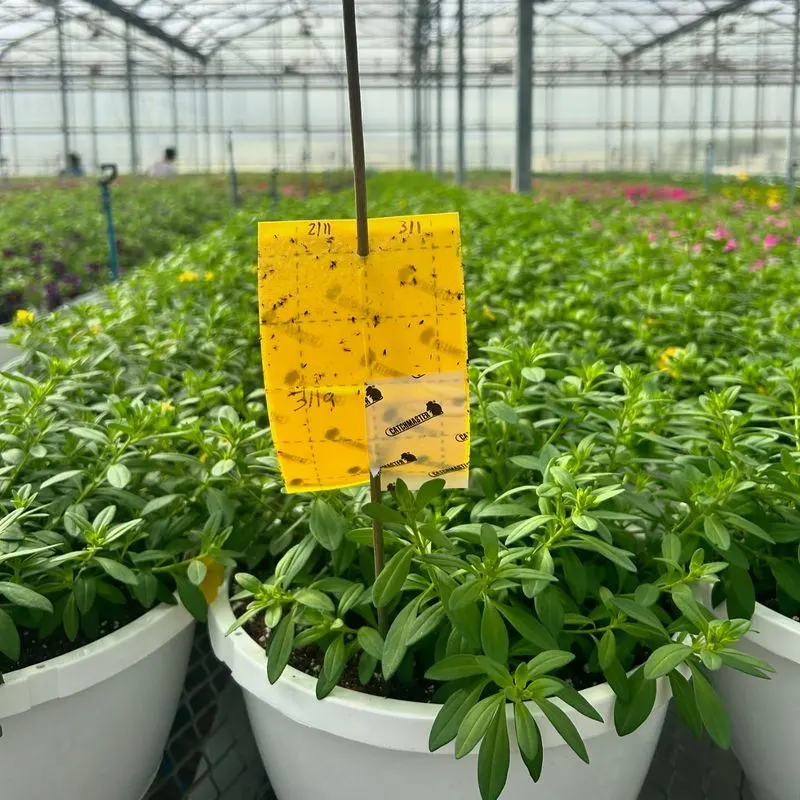
Fungus gnats, those tiny flying nuisances, found the organic matter in mulch irresistible. With no mulch to feed on, their presence diminished. The garden air, once filled with these pesky flyers, now feels cleaner and fresher. Seedlings benefit the most, showing fewer signs of distress. It’s captivating how less organic clutter leads to fewer gnats. The transition was smoother than expected, and the garden feels more open. The simple act of removing mulch has once again proved its worth, making the garden a more pleasant space.
Springtails
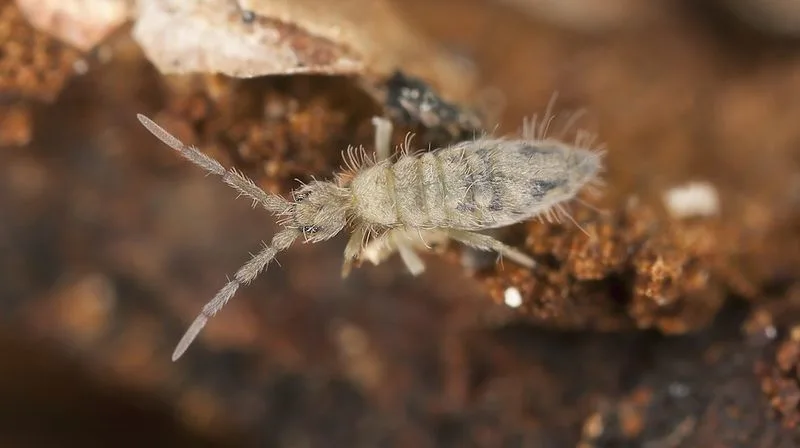
Springtails, with their incredible jumping abilities, thrive in moist environments. Mulch provided the perfect backdrop for these tiny acrobats. Once removed, they lost their moisture-rich playground. The garden, less appealing to them, saw a decrease in their numbers. Plants that suffered from over-enthusiastic springtails now enjoy unhindered growth. Observing the garden’s newfound balance is rewarding. The soil feels less like a trampoline for these critters and more like a solid base for plants to anchor. This unexpected shift has brought about a subtle, yet meaningful transformation.
Mealybugs
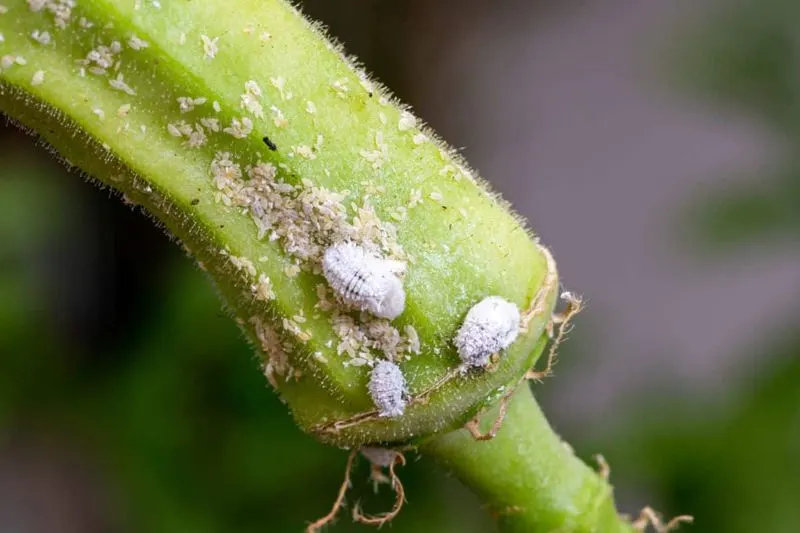
Mealybugs, with their cottony appearance, are notorious sap-suckers. They thrived under mulch, where they found the perfect microclimate. Without it, their numbers plummeted. The open soil offered less protection, exposing them to natural predators. Plants that once looked sickly now flourish with newfound vigor. It’s intriguing how these pests, with their seemingly insignificant presence, could cause so much damage. The garden, free from their grip, feels revitalized. The absence of mulch has shifted dynamics, favoring healthier plant growth over pest proliferation.
Root Maggots
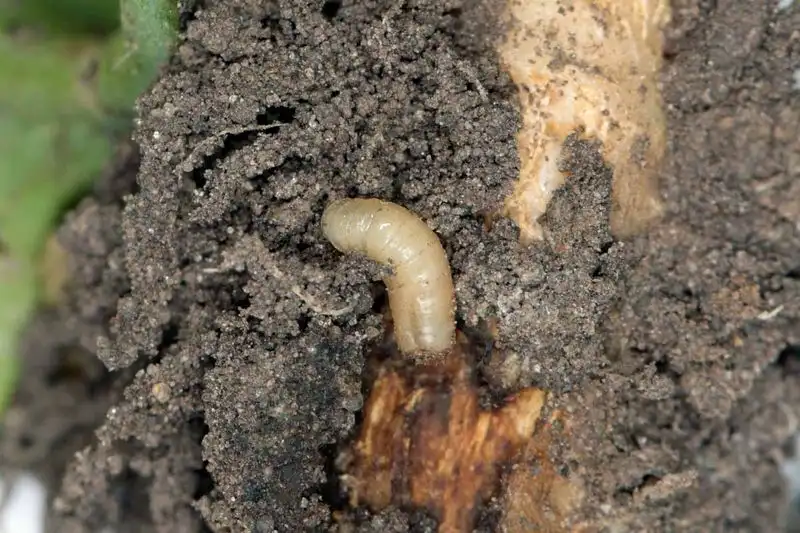
Root maggots, particularly fond of the cover mulch provides, were a constant threat. The removal of mulch deprived them of their sheltered environment. Plants that once suffered from their relentless nibbling now show resilience. It’s remarkable how such a small change can result in healthier root systems. The garden, once a haven for these pests, now thrives with robust growth. Observing the positive impact on plant health underscores the importance of habitat management. The garden feels renewed, free from the silent damage these maggots caused.

